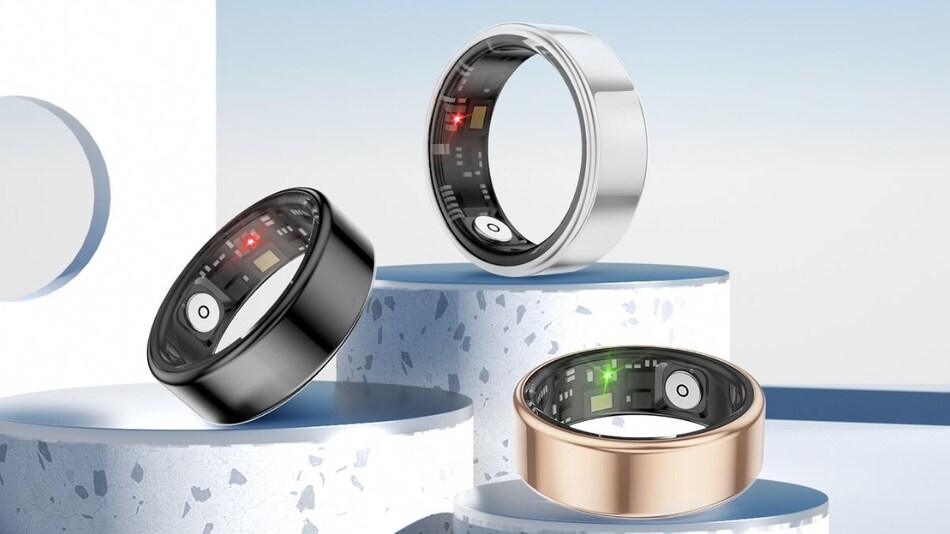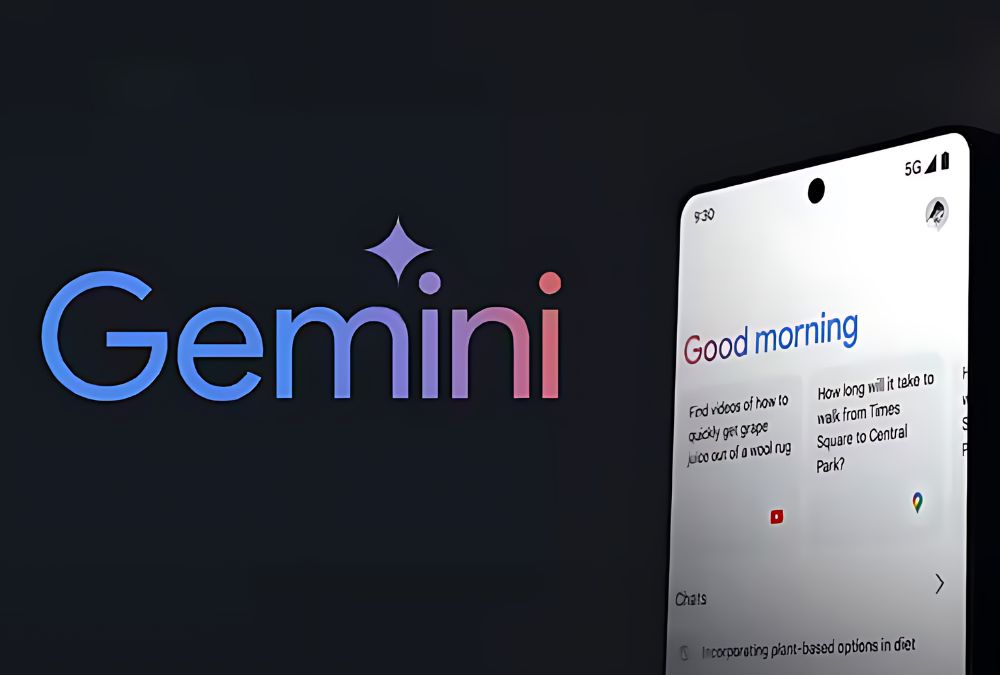What do you understand by Barcode?
- A barcode is a machine-readable code that takes the appearance of a square or rectangular image and is made up of a series of parallel black lines and white spaces of varying widths that follow a set of algorithms.
- Barcodes are added to products for rapid identification. In other terms, it is a means of encoding information in a machine-readable visual pattern.
- They are mostly used in retail businesses as part of the buying process, on invoices to help with accounting, in warehouses to track inventory, and for a variety of other purposes. As a result, Barcode registration is required in order to reap the benefits.
Do you know the difference between UPC-A and EAN-13 barcodes?
UPC-A codes are essentially a subset of EAN-13 codes. If the first digit of the EAN-13 number is a ‘0,’ the EAN-13 and UPC-A bars (without the leading ‘0’) will be identical. The displacement of the human-readable numbers in the table below varies between UPC-A and EAN barcode India. This, however, is the most significant distinction. The majority of scanners can effortlessly read both barcodes.
When Is an EAN-13 Better Than a UPC-A?
Traditionally, UPC-A format barcodes have been used in the United States, but EAN-13 format barcodes have been used throughout the rest of the globe. Nowadays, the majority of stores worldwide accept barcodes in either format. Some older systems, however, may only accept one or the other. This means that if your product is sold in the United States, UPC-A format barcodes are ideal; but, if your product is sold in a country other than the United States, an EAN-13 barcode is best.
How do barcodes raise business productivity?
- Eliminate error
A barcode eliminates the possibility of human error. A barcode scan is faster and more accurate than human data entry.
- Low-cost and convenient
Barcodes are extremely cost-effective, simple to obtain and print, and may also be customized.
- Information in great detail
The barcode carries all necessary product details such as product numbers, serial numbers, and batch numbers, and it also confirms the product’s authenticity.
- Inventory management
Barcode registration saves time for all supply chain participants and allows the product to move more quickly.
- It saves time
Barcode registration saves a significant amount of time. All that is required is for anyone to scan the barcode on the merchandise and refer to the details thereof.
- Improved decision-making
Consumers rely on more accurate product information provided by barcode scanning. This results in quick decision-making.
The following is a typical procedure for generating a 12-digit UPC number:
- Get a one-of-a-kind Company Prefix from your local GS1 office.
- Assign unique products a product number(s), making your total number 11 digits.
- Create your check digit using a check digit calculator and your 11-digit number.
In conclusion
UPC EAN barcode are the most commonly used barcode formats in retail sales. The UPC format has 12 digits, but the EAN format has 13. These two formats are mostly used in their respective regions; the UPC is only used in the United States and Canada, but the EAN is used globally.



